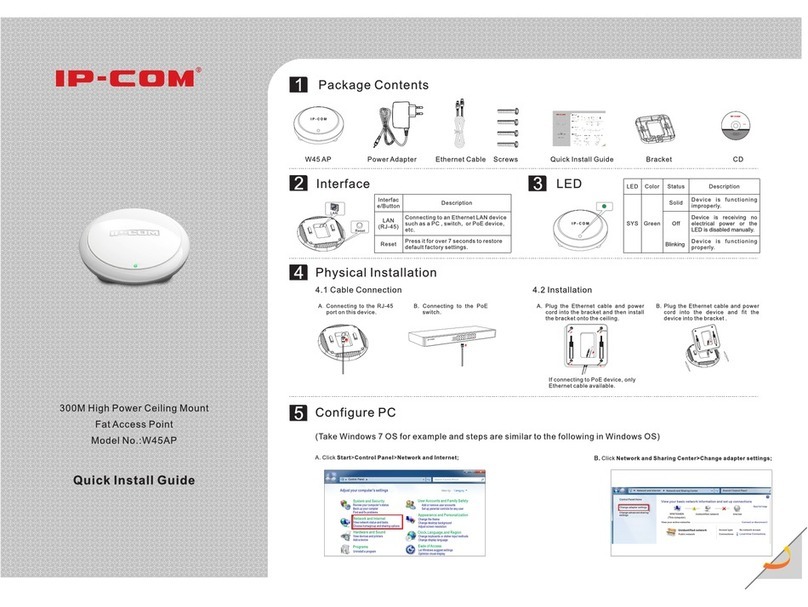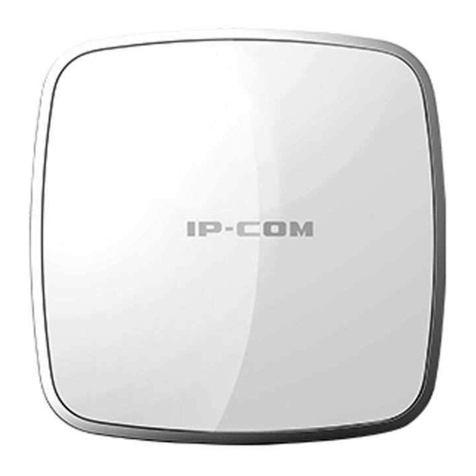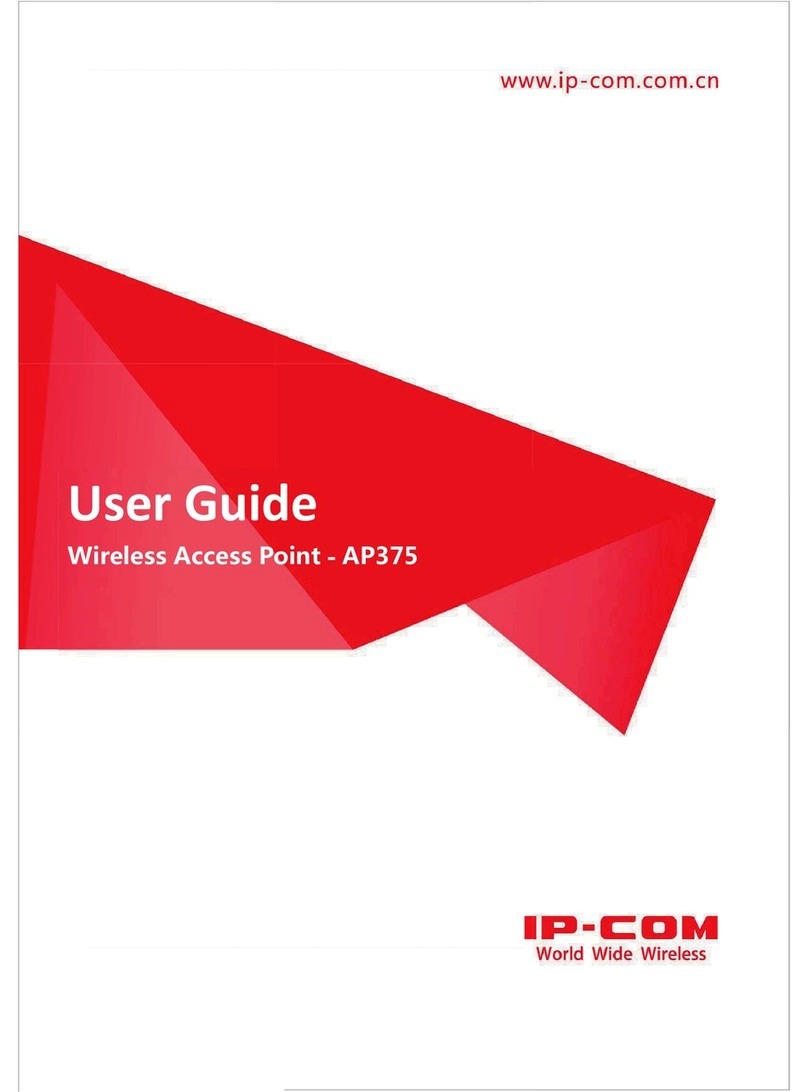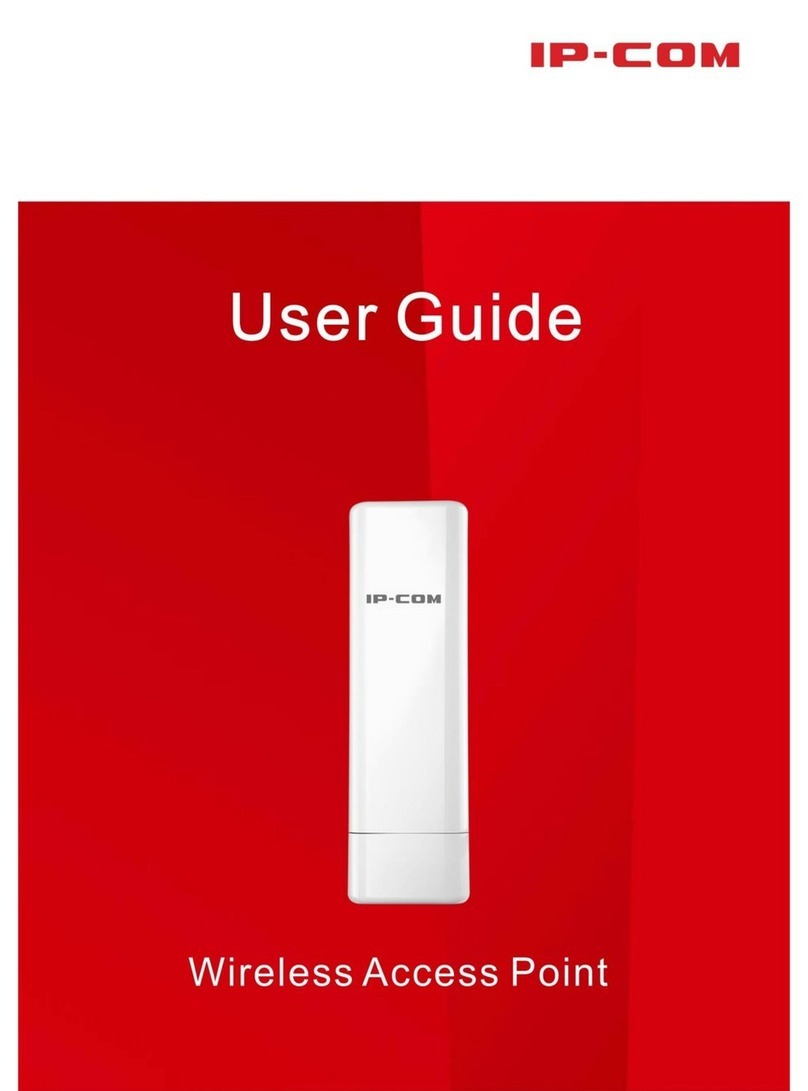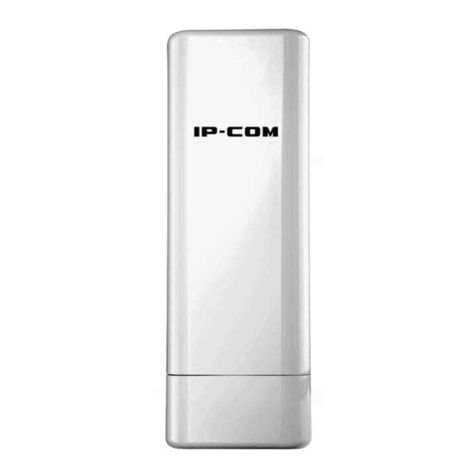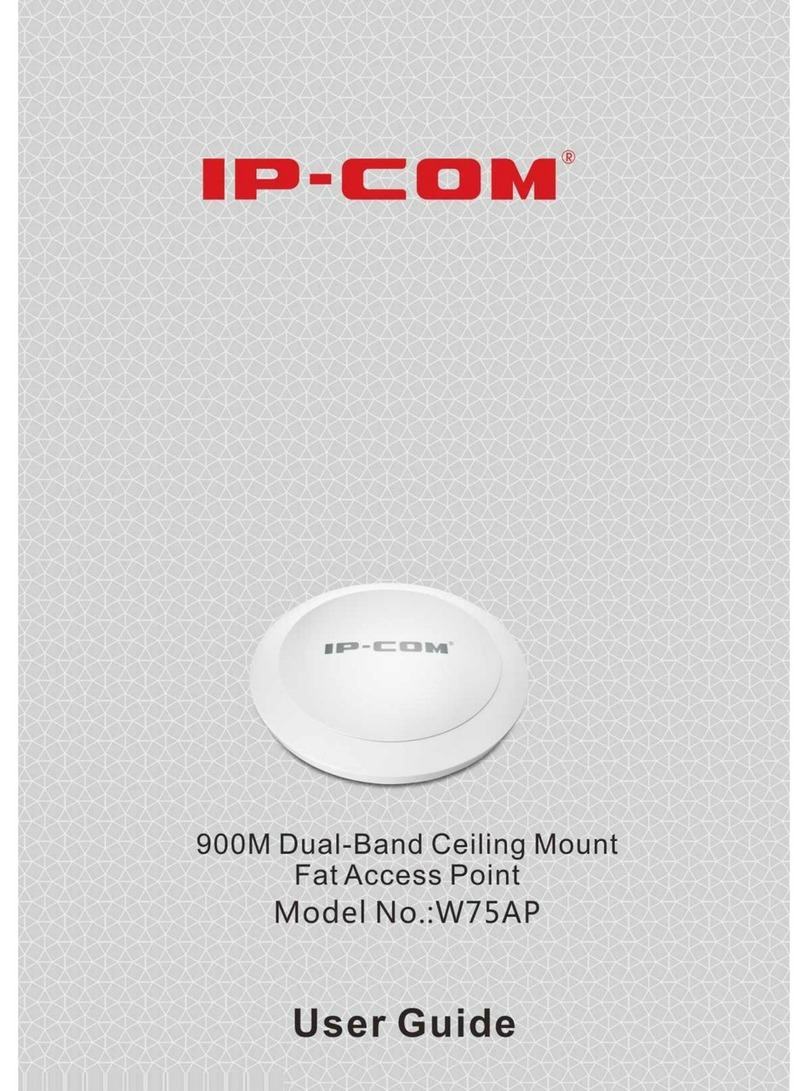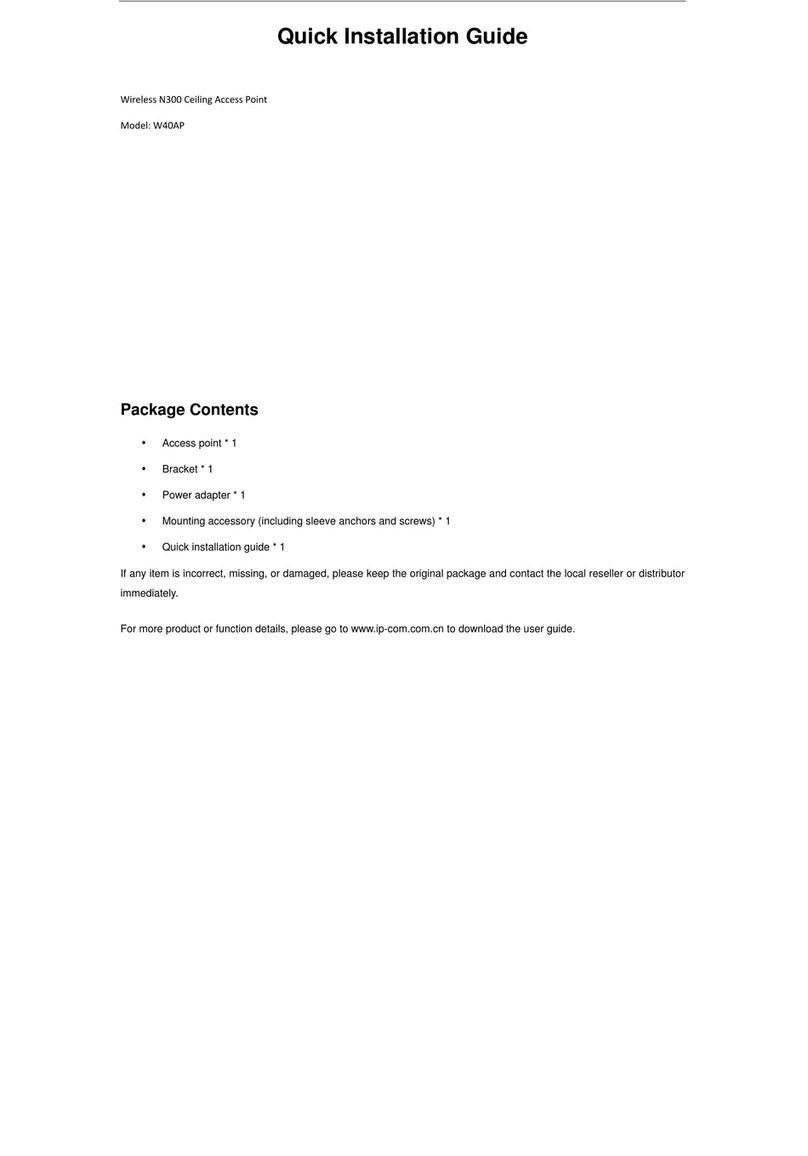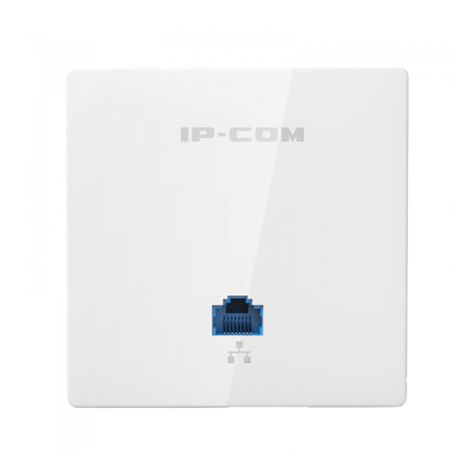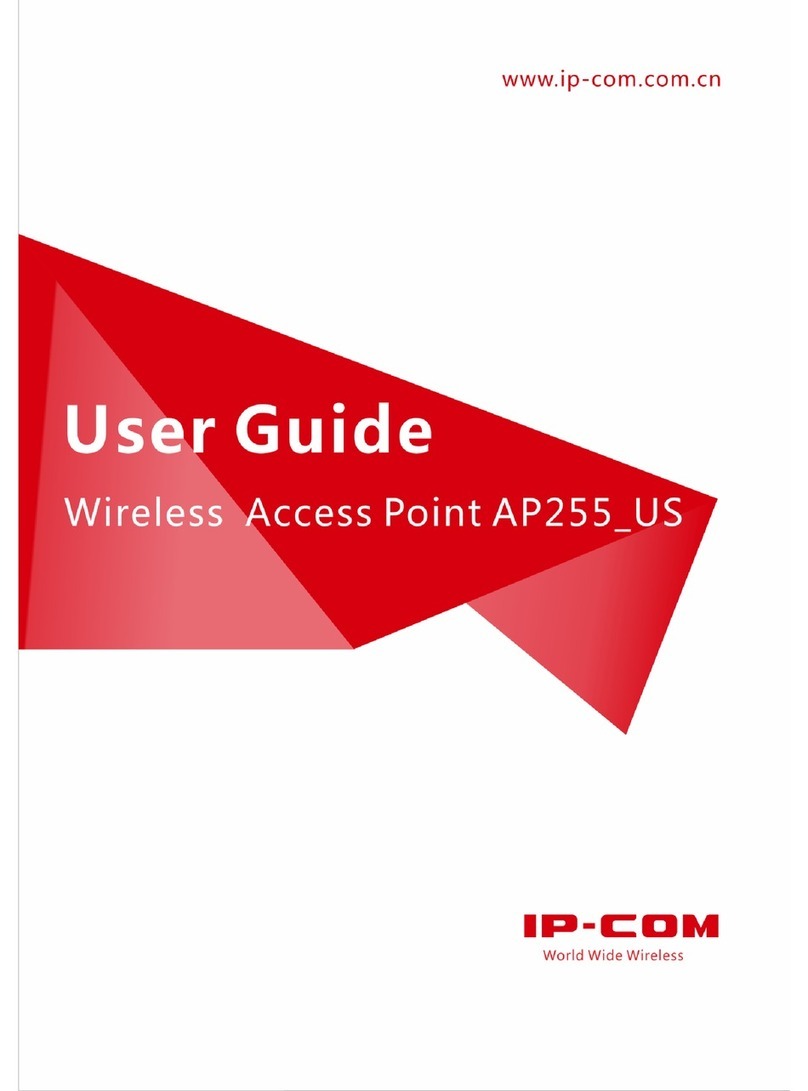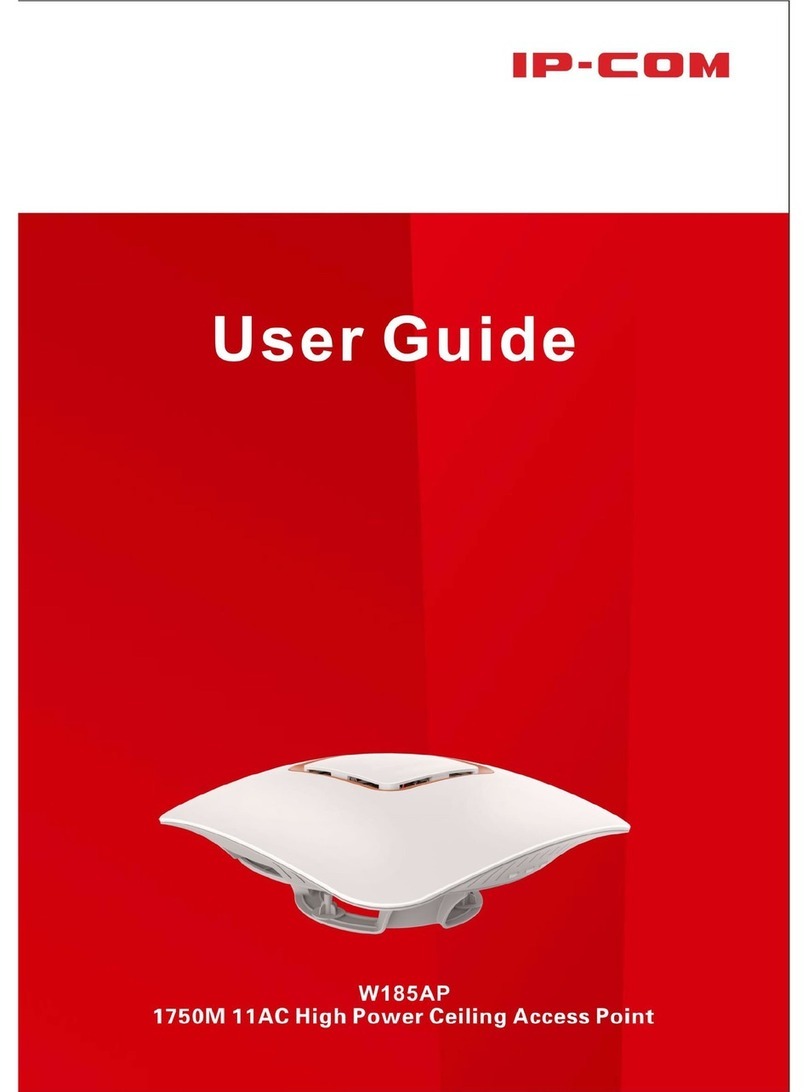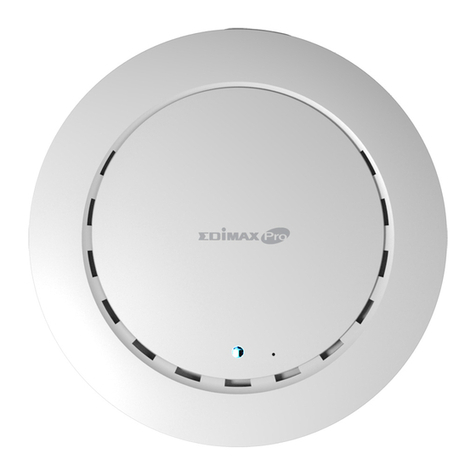Wireless Access Point
User Guide
7 Wireless Settings .........................................................................................................................................34
7.1 SSID settings............................................................................................................................................... 34
7.1.1 Overview ......................................................................................................................................... 34
7.1.2 Changing the SSID settings ............................................................................................................. 36
7.1.3 Examples......................................................................................................................................... 42
7.2 Radio settings............................................................................................................................................. 63
7.2.1 Overview ......................................................................................................................................... 63
7.2.2 Changing the radio settings ............................................................................................................ 63
7.3 Radio optimization..................................................................................................................................... 67
7.3.1 Overview ......................................................................................................................................... 67
7.3.2 Changing the radio optimization settings ....................................................................................... 68
7.4 Frequency analysis..................................................................................................................................... 71
7.4.1 Overview ......................................................................................................................................... 71
7.4.2 Checking frequency analysis........................................................................................................... 71
7.4.3 Detecting rogue APs........................................................................................................................ 72
7.5 WMM settings ........................................................................................................................................... 73
7.5.1 Overview ......................................................................................................................................... 73
7.5.2 Changing the WMM settings .......................................................................................................... 74
7.6 Access control ............................................................................................................................................ 76
7.6.1 Overview ......................................................................................................................................... 76
7.6.2 Configuring access control.............................................................................................................. 76
7.6.3 Example........................................................................................................................................... 77
7.7 Advanced settings...................................................................................................................................... 79
7.7.1 Overview ......................................................................................................................................... 79
7.7.2 Changing the advanced settings ..................................................................................................... 79
7.8 QVLAN settings .......................................................................................................................................... 81
7.8.1 Overview ......................................................................................................................................... 81
7.8.2 Configuring the QVLAN settings ..................................................................................................... 81
7.8.3 Example........................................................................................................................................... 82
8 SNMP ..........................................................................................................................................................85
8.1 Overview.................................................................................................................................................... 85
8.1.1 SNMP management framework ..................................................................................................... 85
8.1.2 Basic SNMP operations ................................................................................................................... 85
8.1.3 SNMP protocol version ................................................................................................................... 86
8.1.4 MIB introduction............................................................................................................................. 86
8.2 Configuring the SNMP function ................................................................................................................. 87
8.3 Example ..................................................................................................................................................... 89
9 Deployment.................................................................................................................................................91
9.1 Overview.................................................................................................................................................... 91
9.2 Configuring the deployment mode............................................................................................................ 93
9.2.1 Configuring the local deployment mode ........................................................................................ 93
9.2.2 Configuring the cloud deployment mode....................................................................................... 93
10 Tools..........................................................................................................................................................95
v
